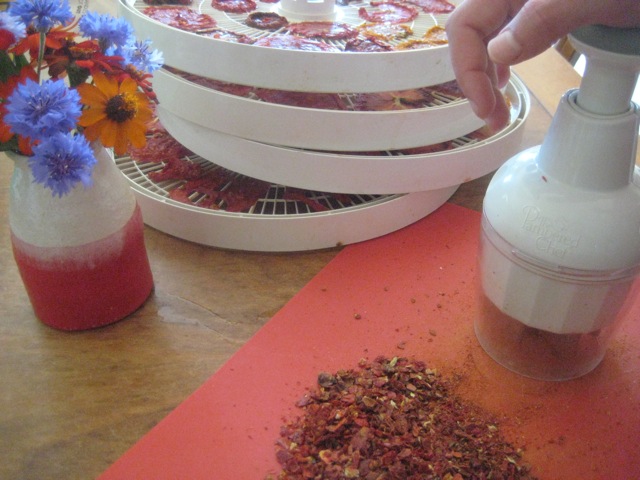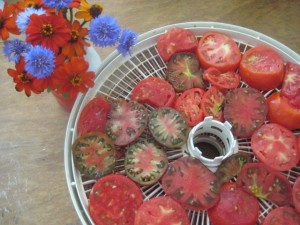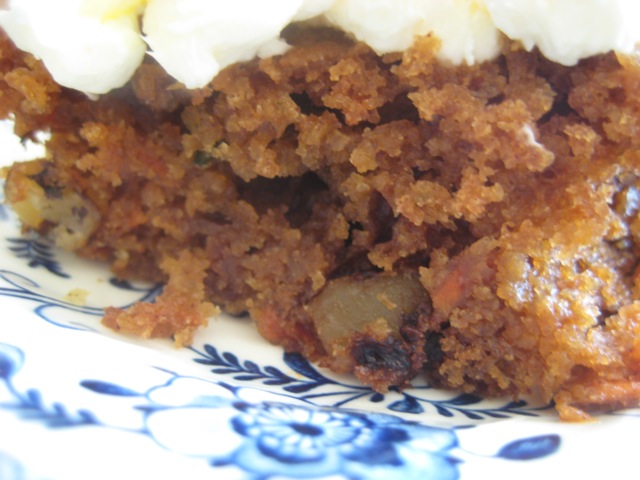 “How can you be so patient?” asked my son.
“How can you be so patient?” asked my son.
“Am I being patient?” I questioned. If I am, it is a surprise to me, and I am glad of it!
My 80-year-old mother (who has Alzheimer’s) is living with us for awhile. And this morning, it dawned on me that Grandma is the lesson!
Years ago, I wrote an article entitled, The Baby IS the Lesson. I had been blessed with a sudden perspective change during my years of homeschooling—with babies daily disrupting our fledging homeschool. God opened my heart to realize that the most important thing my children were learning in our hours together in homeschool was how to value and treat each other, even a crying or mischievous little one!
And now we’ve come full circle. My babies are all nearly grown. Our homeschool has become quiet and orderly. But Grandma forgets what day or month it is, and asks over and over and over. Her purse or glasses or sweater or teabags are the subject of frequent, frantic searches involving the whole family. She changes her mind often. Or forgets that she made it up at all. She needs help at inconvenient and disruptive times, sometimes in the middle of the night. She deserves to be treated with dignity and respect. And now, once again we are learning “the lesson”.
How we treat Grandma IS the lesson. I didn’t plan it, but it is just the right tutor for all of us. It teaches super-patience. Being kind. Holding your tongue. Accommodating. Caring. Serving. Loving. Giving. Selflessness . . .
We are enjoying Grandma so much! She helps us not take ourselves too seriously. She eats dessert for breakfast. She is a widow, but counts her blessings and sees life from the bright side. She is a great sport, and game for everything—from wearing a cowboy hat and going to the rodeo— to swimming, dancing, or eating most anything! Whatever she thinks pops right out of her mouth and she isn’t afraid of what people will think of her. She loves to talk to everyone who will listen, even strangers . . . and go anywhere at all, even on errands or grocery shopping. She sides with the little ones and sees life from their angle. She brings a nice balance to our family life, and so much wisdom from her life’s experiences. Her beliefs are different from ours, and it causes us each to examine and silently reaffirm our own faith while respecting her ideas. She was a social, mentally sharp, and spirited woman in her day, and her presence makes us soberly realize that we won’t live forever, or always be young and capable. Now it the time to prepare to meet God, while our life is busy and we are strong and can serve and contribute in many ways.
Diplomas or degrees are great, and knowledge is a worthy goal, but compassionate living—valuing and respecting each child of God, no matter what age they are—that is the supreme lesson. For my children, I couldn’t wish for more than learning that precious lesson well.


 My friend Allaire has a great idea for getting her kids to write in her homeschool. Each week, the children get to pick a favorite family story. One of the parents retells it and then the children all write the story in their own words, in first person. The author signs their name to the story. It’s helpful to document who told them the story too. These stories can be illustrated with your children’s drawings of the event, or add original photographs if you have them. Unfortunately, in our haste to clean up the enormous milk spill before church, we didn’t snap any pictures, as is often the case in such mishaps. Thank goodness that crisis + time = humor!
My friend Allaire has a great idea for getting her kids to write in her homeschool. Each week, the children get to pick a favorite family story. One of the parents retells it and then the children all write the story in their own words, in first person. The author signs their name to the story. It’s helpful to document who told them the story too. These stories can be illustrated with your children’s drawings of the event, or add original photographs if you have them. Unfortunately, in our haste to clean up the enormous milk spill before church, we didn’t snap any pictures, as is often the case in such mishaps. Thank goodness that crisis + time = humor!























